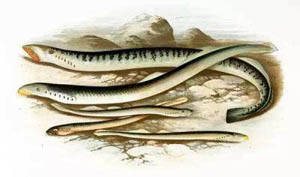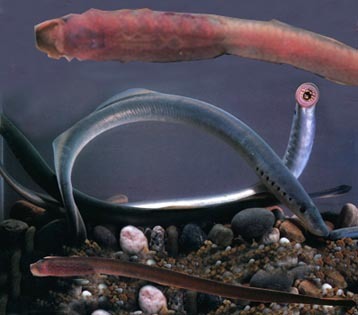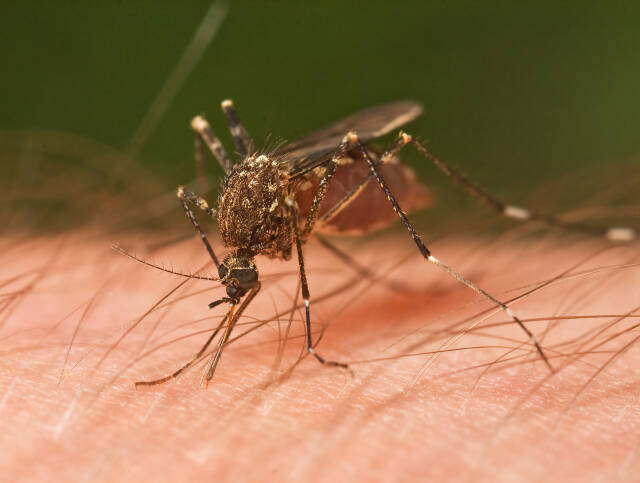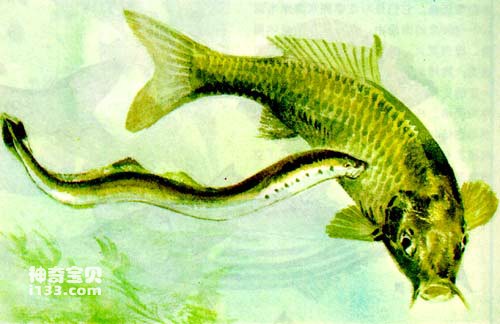
The Latin name of Reissner's lamprey is LampetrareissneriDybowski, and its foreign name is ReissnerLamprey. It is a relatively small freshwater species.The Lamprey's lamprey is a relatively small terrestrial species that is semi-parasitic and prefers to live in freshwater streams with slow c...

The Northeastern lamprey's Latin name is Lampetra moriiBerg, and it lives in fresh water all its life.Northeast lampreys live in fresh water all their lives, in mountain rivers with microcurrents and sandy bottoms; they burrow into sand or gravel during the day and come out to forage at night; t...

The Latin name of Japanese lamprey is Lampetra japonicaMartens, and the species' type origin is in Japan.Japanese lamprey is a carnivorous fish. It lives both independently and parasitically. It often attaches itself to other fish with a sucker and uses the keratin teeth inside the sucker and on...

Blood-sucking animals are animals that feed on the blood of other organisms. These animals usually pierce the host's skin through their mouthparts or other special organs, and then suck out the host's blood. Blood-sucking animals are diverse, including insects such as mosquitoes, fleas, lice,...

According to EurekAlert!: A study explores the genetic basis for the origin of paired appendages in vertebrate evolution. Jawless vertebrates possess two sets of appendages, such as pectoral and ventral fins, while living jawless fish, such as lampreys and hagfish, lack paired fins. However,...

Lampreys look very much like ordinary eels. They have a slender body with exposed skin without scales. There is a long dorsal fin on its back, which extends back to the tail end and surrounds the tail to form a caudal fin. In addition, it has no other parts on its body. No other fins are pres...